 W
WAugust Fredrik Ahlstedt was a Finnish landscape and portrait painter.
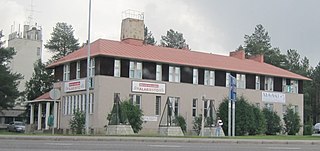 W
WAndreas Alariesto, was a Finnish painter from Sompio, Lapland, who worked in the naïve style. He also made miniatures and sculptures about miniatures, and was also a photographer. He had no formal artistic training.
 W
WImmanuel Alm (1767–1809) was a Finnish painter.
 W
WAdolf von Becker was a Finnish genre painter and art professor of German descent. He was one of the first Finnish artists to study in Paris, who taught many of the young artists of the Golden Age of Finnish Art.
 W
WCarl Johan Bengts was a Finnish-Swedish painter in the Modernist style who specialized in rural themes.
 W
WGunnar Fredrik Berndtson was a Finnish painter who was noted for his attention to realistic detail.
 W
WAlbert Gustaf Aristides Edelfelt was a Finnish painter noted for his naturalistic style and Realist approach to art. He lived in the Grand Duchy of Finland and made Finnish culture visible abroad, before Finland gained full independence.
 W
WRobert Wilhelm Ekman, a.k.a. R. W. Ekman, was a significant teacher and painter of the Finnish romantic portraits and early national romanticism.
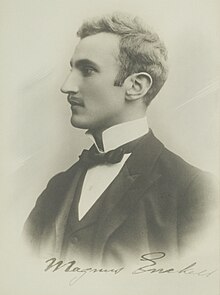 W
WKnut Magnus Enckell was a Finnish symbolist painter. At first he painted with a subdued palette, but from 1902 onwards used increasingly bright colors. He was a leading member of the Septem group of colorist painters. In Finland, Enckell is considered to have been a very influential symbolist artist.
 W
WCarl August Henry Ericsson, born 6 February 1898 in St. Michel, Finland, died 16 October 1933 in Borgå, was a Finnish graphic artist and decorative painter.
 W
WGustaf Wilhelm Finnberg was a Finnish painter.
 W
WAkseli Gallen-Kallela was a Finnish painter who is best known for his illustrations of the Kalevala, the Finnish national epic. His work is considered very important for the Finnish national identity. He changed his name from Gallén to Gallen-Kallela in 1907.
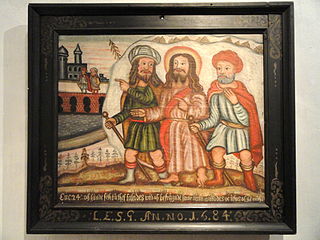 W
WLars Gallenius was a Finnish painter.
 W
WBerndt Abraham Godenhjelm was a Finnish painter.
 W
WEmanuel Granberg (1754–1797) was a Finnish painter.
 W
WAlvar Gullichsen is a Finnish painter and sculptor. He is most famous for his pop art works and the fictional corporation named Bonk Business which he founded. Gullichsen's works are often absurd machines with no apparent use. Alvar Gullichsen was the main designer of the interior of the night club Le Bonk in Helsinki.
 W
WRichard Hall was a Finnish-born painter who made his career in France, United States and Argentina. Hall is best known of his portraits, but also painted other genres such as still life paintings, in particular, flower motifs, intimate and homely sceneries, and landscape.
 W
WPekka Halonen was a painter of Finnish landscapes and people in the national romantic style. His favorite subjects were the Finnish landscape and its people which he depicted in his Realist style.
 W
WJohan Erik Hedberg was a Finnish painter.
 W
WJonas Heiska was a Finnish Impressionist painter and graphic artist.
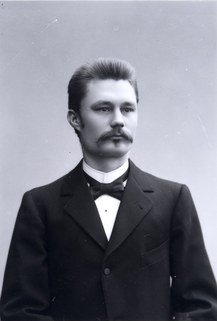 W
WEdvard Isto, or Eetu Isto was a Finnish artist, best known for his patriotic painting The Attack which depicts the perceived Russification of Finland by the Russian Empire. The work was widely reproduced in its original form and in variations.
 W
WKarl Emanuel Jansson was a Swedish-Finnish painter, primarily of genre scenes.
 W
WRudolf Koivu was a Finnish illustrator and painter, best known for illustrating books of fairytales for children, which are enduringly and timelessly popular. He was born in St. Petersburg. He illustrated stories by Zacharias Topelius, Anni Swan and Hans Christian Andersen, among others. Koivu died in Helsinki in 1946. In his honor, the Rudolf Koivu Prize was established in 1949. It is awarded biennially to Finnish illustrators of children's books.
 W
WAleksander Lauréus, also Alexander Lauraeus, was a Finnish painter.
 W
WJohan Erik Lindh was a Swedish painter and a former decorative painter who moved to Finland.
 W
WBerndt Adolf Lindholm was a Swedish-Finnish landscape painter. He is usually associated with the Düsseldorf School, but his work also displays early Impressionist elements. He specialized in coastal scenes.
 W
WErik Johan Löfgren was a Finnish-Swedish portrait painter.
 W
WHelga Amélie Lundahl was a Finnish painter.
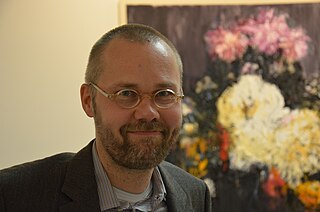 W
WHeikki Marila is a Finnish visual artist known for his large-scale oil paintings and allusions to art history, including biblical motifs, portraiture and still life compositions. His expressive paintings are typically infused with paradoxical drama: they play on contrasts – spirituality, beauty and the sublime are mixed with fiery carnality and a hint of revulsion. His paintings possess a powerfully physical materiality, which is heightened by an ongoing dialogue between figurative and non-figurative elements and by his thickly applied layers of oil paint. In his recent work, Marila captures the intensity of 17th century painting traditions, which he reinterprets through the lens of contemporary social and visual themes.
 W
WMartti Johannes Mertanen was a Finnish artist and educator active in Hämeenlinna, Finland.
 W
WDidrik Möllerum, also Diedrich Möllerum, was a Finnish painter.
 W
WElias Muukka was a Finnish painter. He mainly painted landscapes, usually from the rural areas of Karelia and from Turku.
 W
WLars Myra was a Finnish painter. His date of birth is not known.
 W
WLars-Gunnar Nordström was a Finnish artist, one of the leading pioneers of non-representational art in Finland. His genre of art, concretism, is characterized by an extremely precise, finished, deliberate visual expression. Nordström is particularly known for his geometric paintings, in which angular and curved flat colour fields form clear, strong, dynamic compositions. His oeuvre consists mainly of graphic prints, paintings and sculptures.
 W
WJoel Jalmari Ruokokoski, known as Jali (1886-1936) was a Finnish Expressionist painter. Although most of his works were landscapes and still-lifes, he is probably best known for a series of portraits painted mostly during the 1910s. Although Ruokokoski never officially joined the November Group,, he participated in the galleries set up by the group.
 W
WLennart Rafael Segerstråle was a Swedish-speaking Finnish painter and graphic artist. He was best known for his murals and frescoes.
 W
WHugo Gerhard Simberg was a Finnish symbolist painter and graphic artist.
 W
WJohan Stålbom was a Swedish painter.
 W
WGabriel Gotthard Sweidel, also Sveidel or Sweidell, was a Finnish church painter.
 W
WEmanuel Thelning was a Swedish-born, Finnish painter.
 W
WVerner Thomé was a Finnish post-impressionist graphic artist. He was influenced by Vitalism a German-Scandinavian movement that incorporated Nietzsche's philosophy.
 W
WMikael Toppelius was a Finnish church painter; the last significant representative of the Ostrobothnian church painting tradition. His grandson was the well-known writer, Zachris Topelius.
 W
WNils-Aslak Valkeapää, known as Áillohaš in the Northern Sami language, was a Finnish Sami writer, musician and artist. He was born in Enontekiö in Lapland province, Finland. He lived most of his life in Käsivarsi, close to the border of Sweden, and also in Skibotn in Norway. Valkeapää was born to a family of traditional reindeer herders, but was trained as a school teacher. His most well-known international debut was when he performed at the opening ceremony of the 1994 Winter Olympic Games in Lillehammer, Norway. He received the Nordic Council Literature Prize for The Sun, My Father in 1991.
 W
WIsak Wacklin, also Isaac Wacklin, was a Finnish painter.
 W
WVictor Axel Westerholm was a Finnish landscape painter, especially known for founding the Önningeby artists' colony.
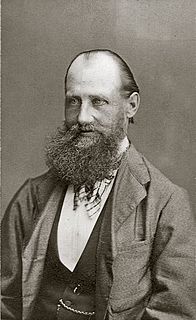 W
WFerdinand von Wright was a Swedish-Finnish painter. He is best known for his landscapes and animal paintings, especially his detailed depictions of birds, but he also created still-lifes and portraits.
 W
WMagnus von Wright was a Swedish-Finnish painter, ornithologist and educator. In addition to bird illustrations, he was also known for his landscapes.
 W
WWilhelm von Wright was a Swedish-Finnish painter and amateur naturalist.
 W
WHenry John Carl Wuorila-Stenberg is a Finnish artist, who in many of his works has tones of expressionism and surrealism.